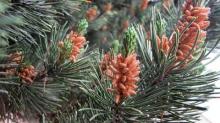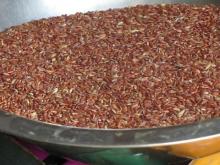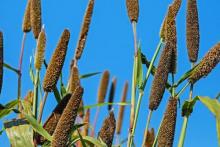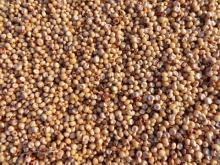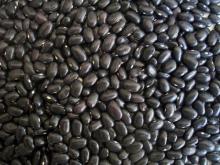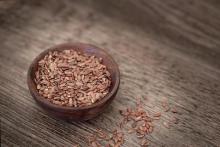Mother Earth's Medicine Cabinet: Healing Benefits Of Pine Pollen
Today’s walk through Mother Earth’s Medicine Cabinet will lead us down a path to check out Pine Pollen. All pine trees produce this magnificent pollen that can be harvested or purchased at a health food store. The pollen is not actually pollen -- it is technically considered to be a form of seed. It isn’t packed with flavor but it has a light nutty taste.

